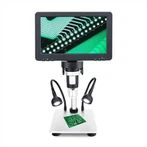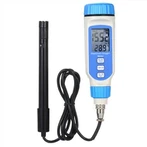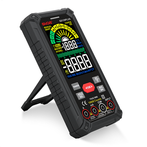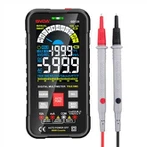How to use a mechanical multimeter in detail
Mechanical multimeter, also known as analog multimeter or pointer multimeter, is the earliest multimeter used to detect electrical equipment. It is divided into resistance, current, and voltage ranges.
The current and voltage levels are divided into DC and AC levels, and AC voltage is not positive or negative. For example, to detect 220V household AC power, you only need to set the level to 250V or 500V, check the pointer swing, and the second grid on the dial is the current and voltage level. The 250 level used for 220V should be set between 250 and 200.
In the 500V range, check the 50 meter positions below. For the 220V range, it should be 2/3 of the 20 meter positions, and then multiply by 10. Although the numerical table may not be accurate, it can be confirmed that the voltage is normal. Check the 10 digits in the 1000v range, and for the third one, place 220v slightly behind 2. Multiply the reading by 100.
DC voltage is divided into positive and negative, with the red probe being positive and the black probe being negative. Do not make a mistake, otherwise the needle will reverse and the meter will be damaged if left in this way for a long time. When detecting second and third level transistors, the opposite is true. At this time, the black probe is positive and the red probe is negative.
The current mode is not used much, just string it into the circuit, skip it.
The resistance mode is widely used, which is also the reason why digital meters are slightly inferior to analog multimeters. However, it requires zero adjustment, which is the most annoying aspect. Moreover, its durability is not as good as digital meters, and it is prone to breakage and fragility. However, detecting circuit and electronic component leakage is stronger than using a digital meter. When set to 10k, it can basically solve the majority of circuit leakage problems.
The usage method is to set the resistance to a certain level, first zero it, such as 1k level. Multiply the pointer by 1k wherever it is placed, and the same applies to other levels. If the pointer returns to zero, then set it to 100 or 10 gears. Most pointer gauges do not have a beep mode, and selecting the 1st mode can determine whether the wire is on or off. It can also detect electronic components such as capacitors, diodes, power transistors, etc., which will not be further elaborated and can be searched on Baidu.
Summary: Overall, pointer meters are not as good as digital meters, and the damage rate of pointer meters is higher. They are not suitable for electricians who go out for repairs, but for personnel who repair circuit boards.






